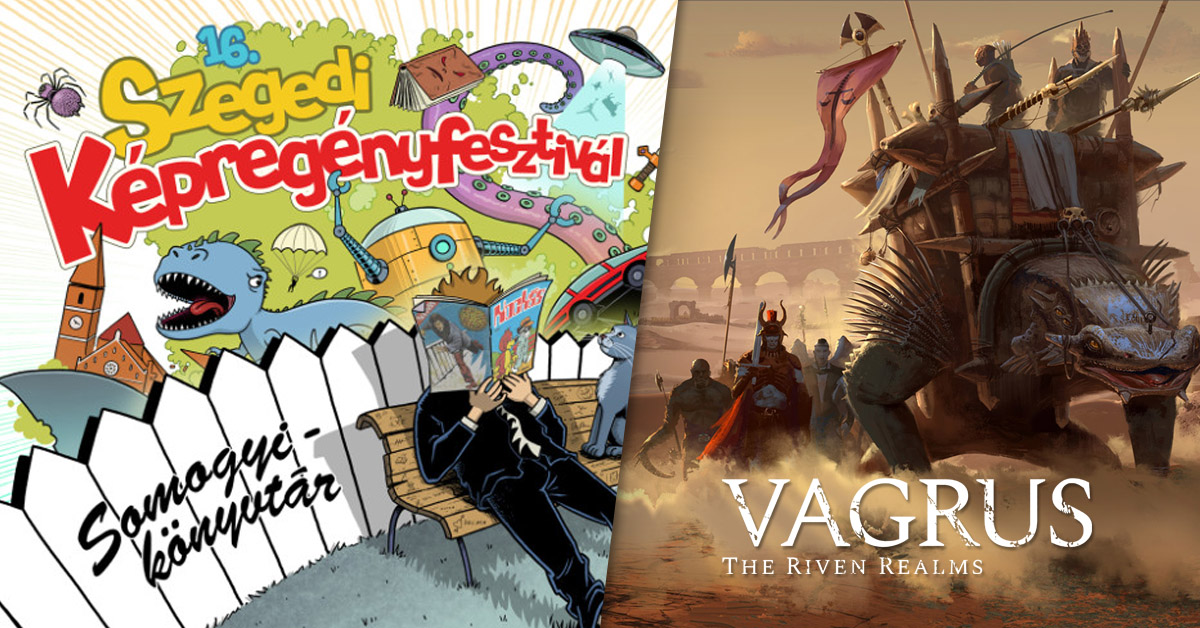
The team of Lost Pilgrims was honored to be invited to present at the “16. Szegedi Képregényfesztivál” (the 16th Comic Festival in the town of Szeged, Hungary), an annual con of mostly graphic novels and comic books, but also many other things geeky. And so Gábor and Geri set out and traveled from Budapest to Szeged where things were about to get nerdy.

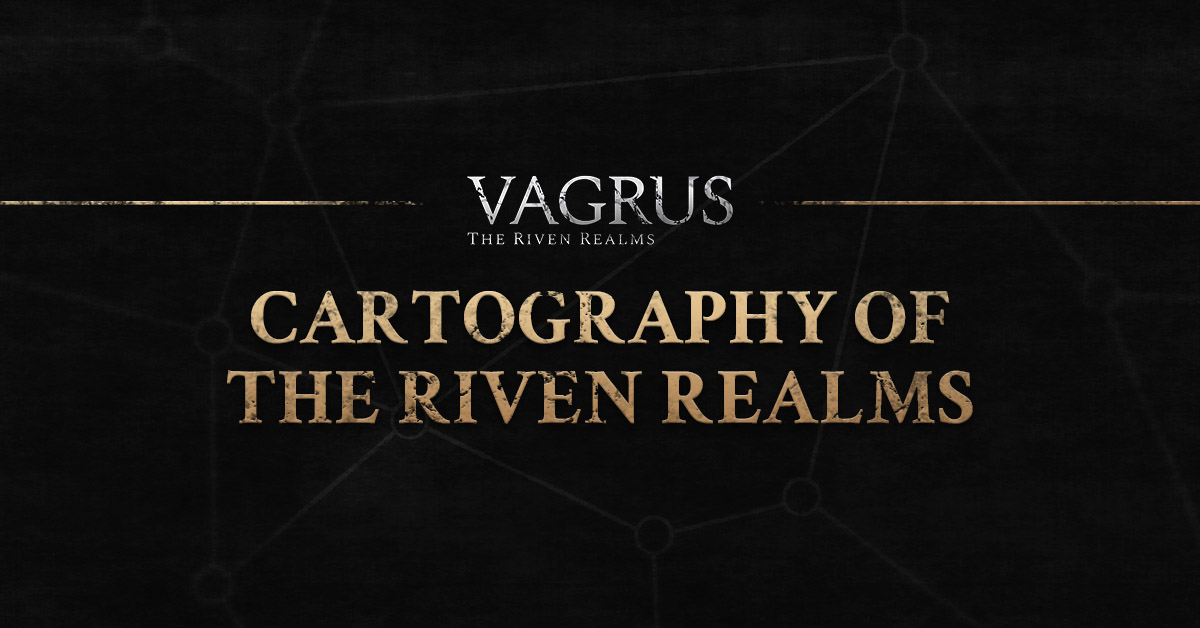
This week’s post covers the creation of our painted Campaign Map and the interactive Chart, starting from their humblest beginnings in our creative director’s tabletop role-playing game materials to their eventual manifestation in-game, covered by a node grid and expanded with interactive options.
To kick it off, let’s start by taking a look at how it all began for Vagrus.

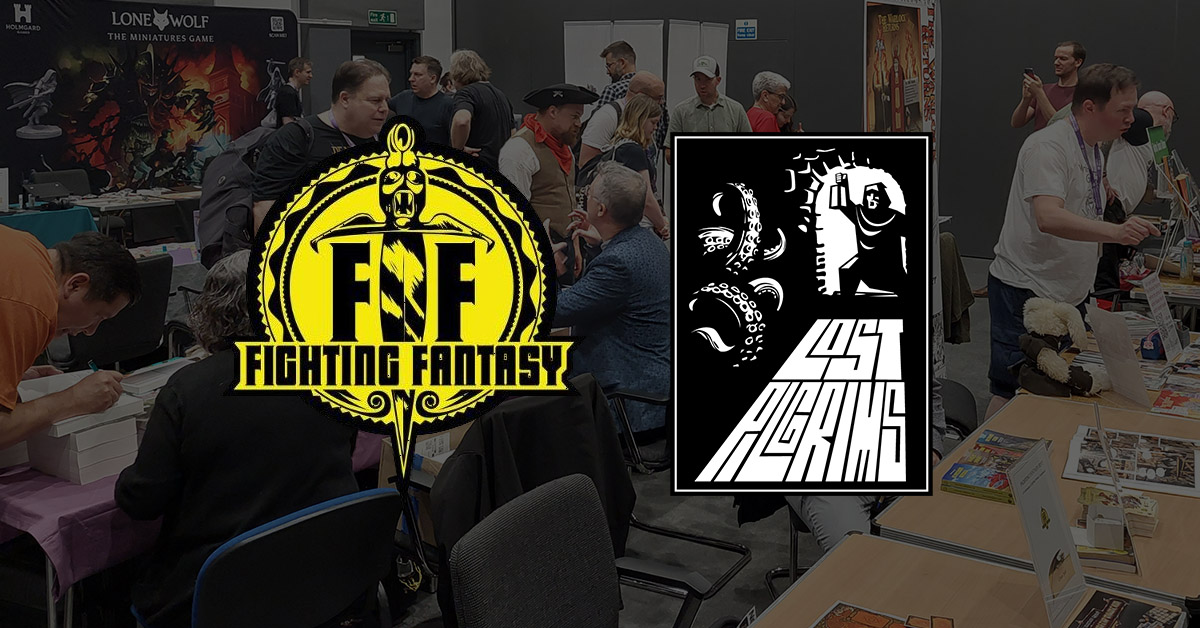
Well, one lost pilgrim to be precise. On 7th September, I was fortunate to have participated in Fighting Fantasy Fest 5 in the UK, representing Lost Pilgrims there in exhibiting the City of Thieves graphic novel I’ve been working on with Chameleon Comix’s founder Gyula Szűcs and mega-talented graphic artist Krisztián Balla. We met and chatted with a lot of enthusiastic Fighting Fantasy fans, encountered living legends, listened to intriguing talks, and saw a ton of cool stuff, including the new gamebook The Dungeon on Blood Island by Sir Ian Livingstone himself.

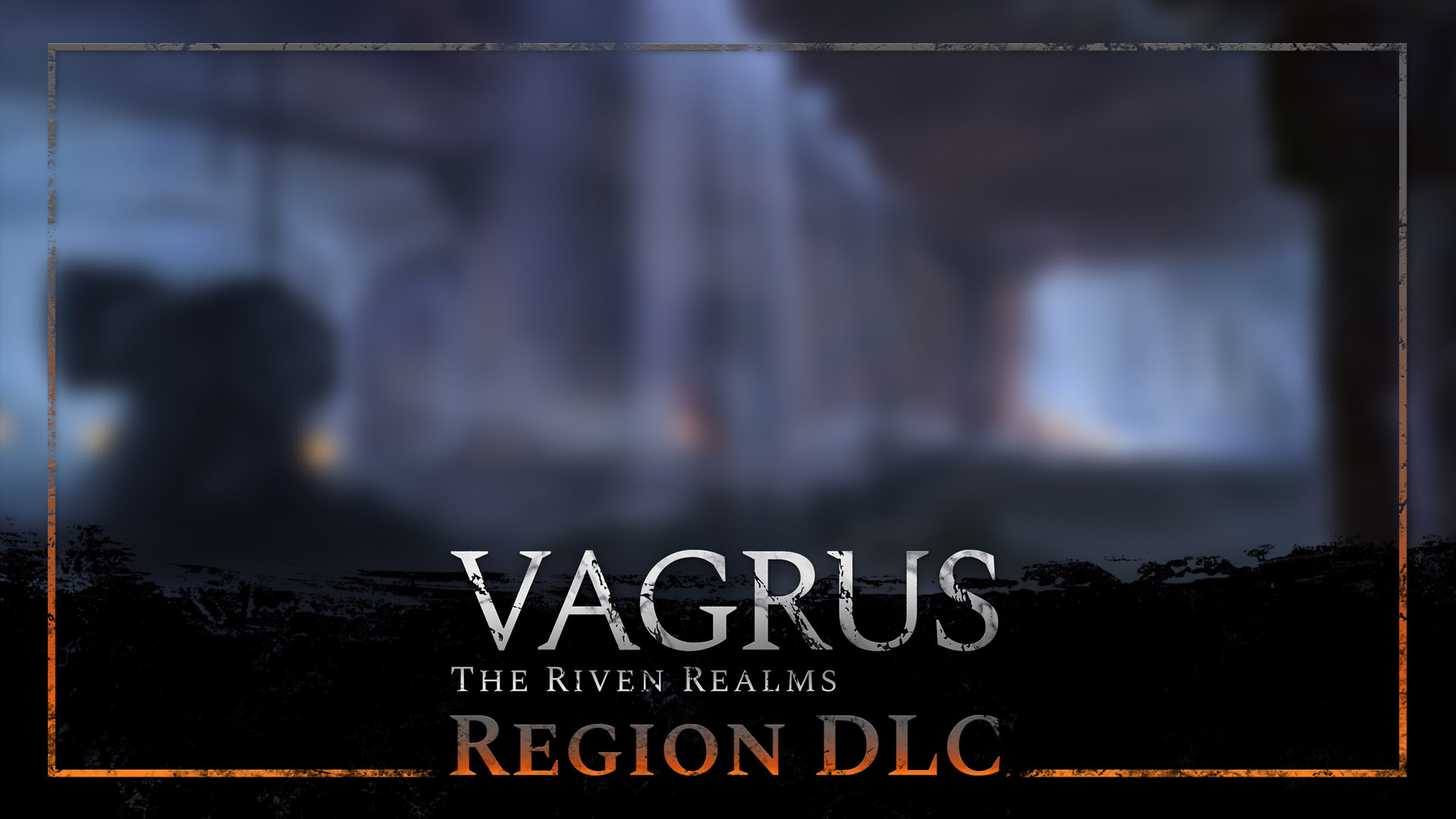
Having deployed Old Acquaintances’ first hotfix, the team at Lost Pilgrims Studio has moved on to our next project: the regional DLC. The beginning of this process is iterative and requires intense coordination; it begins with the design phase, planning locations, and an overarching narrative. We need to understand what unique gameplay elements the DLC will bring to the table, which narrative beats we want to focus on, and finally, which characters or NPCs will drive that narrative.

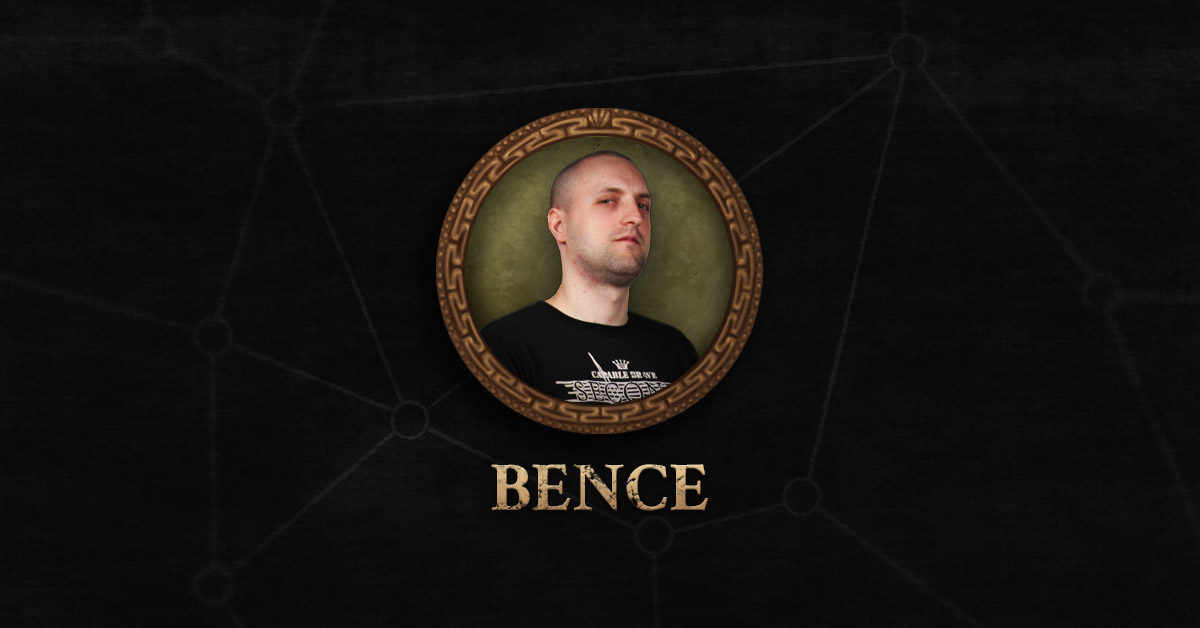
For the first time in a long time, we have a project update for you, and it’s a doozy. Although he already began working with us as early as June 2023, we’d now like to welcome one of our newest and most talented 2D and 3D artists: Bence Monori. Bence has a talent for many things, though he is currently focused primarily on a wide range of environmental art, some of which came to the fore during the expansion Sunfire and Moonshadow.


It’s not every week we have a chance to share something many might find out of place in the Riven Realms, but today is one such day. On that note, let’s cut right to the chase: we’re here to show you a beautiful jungle from one of our newest artists, and boy, we’re pretty stoked about it.
A beautiful place to go bird watching or have a nice picnic with your comes! Perhaps you could pick some berries, relax in the shade, or make friends with the wildlife. Or, it could be that beneath the veneer of colorful lushness lurks something darker, deep in the recesses of the thicket. As always, you shall have to find out for yourself; all in good time, naturally.

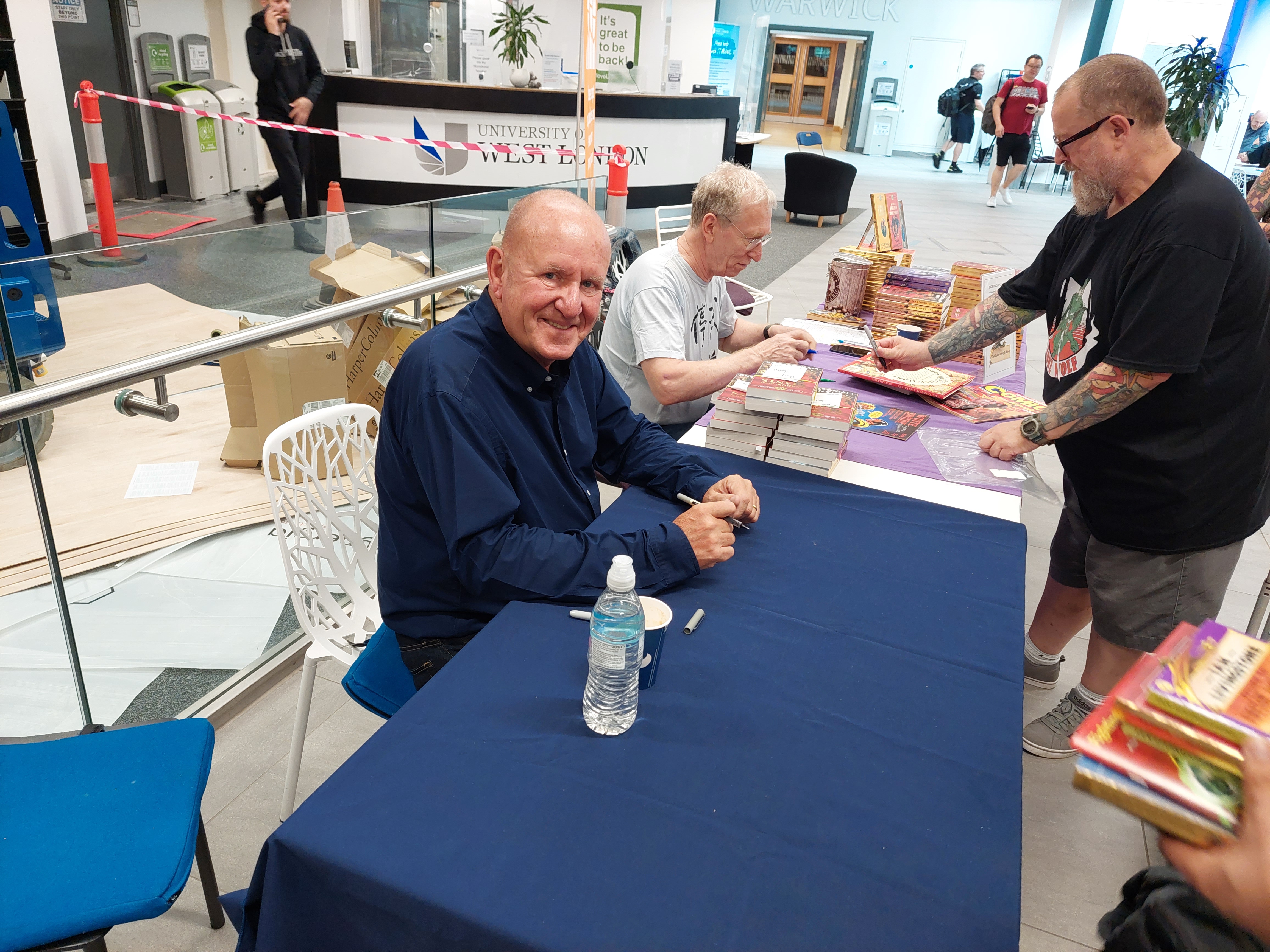
The 3rd of September was a big day for fans of the interactive Fighting Fantasy gamebooks that have brought countless hours of entertainment to so many of us since the 1980s. To celebrate the 40th anniversary of the publication of the first Fighting Fantasy gamebook The Warlock of Firetop Mountain, the fourth Fighting Fantasy Fest was held in London. Visitors of the Fest could meet legends like Steve Jackson and Sir Ian Livingstone in person, along with many other prominent gamebook writers like Rhianna Pratchett, Jonathan Green, or Marc Gascoigne, as well as many graphic artists of the book series. We could have our books signed, pick up a bunch of merchandise, mingle with other fans, and watch presentations on various, exciting topics. It was indeed great fun!

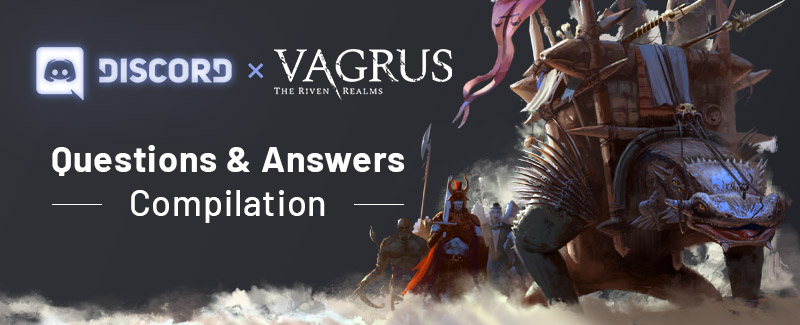
Lost Pilgrims had an AMA session over on discord where players asked us questions about the game and the studio alike. We had a great time talking to people and decided to compile the questions and answers into a single AMA article for posterity. We also added some very frequently asked questions to the beginning that players or those looking up information on the game might find informative.

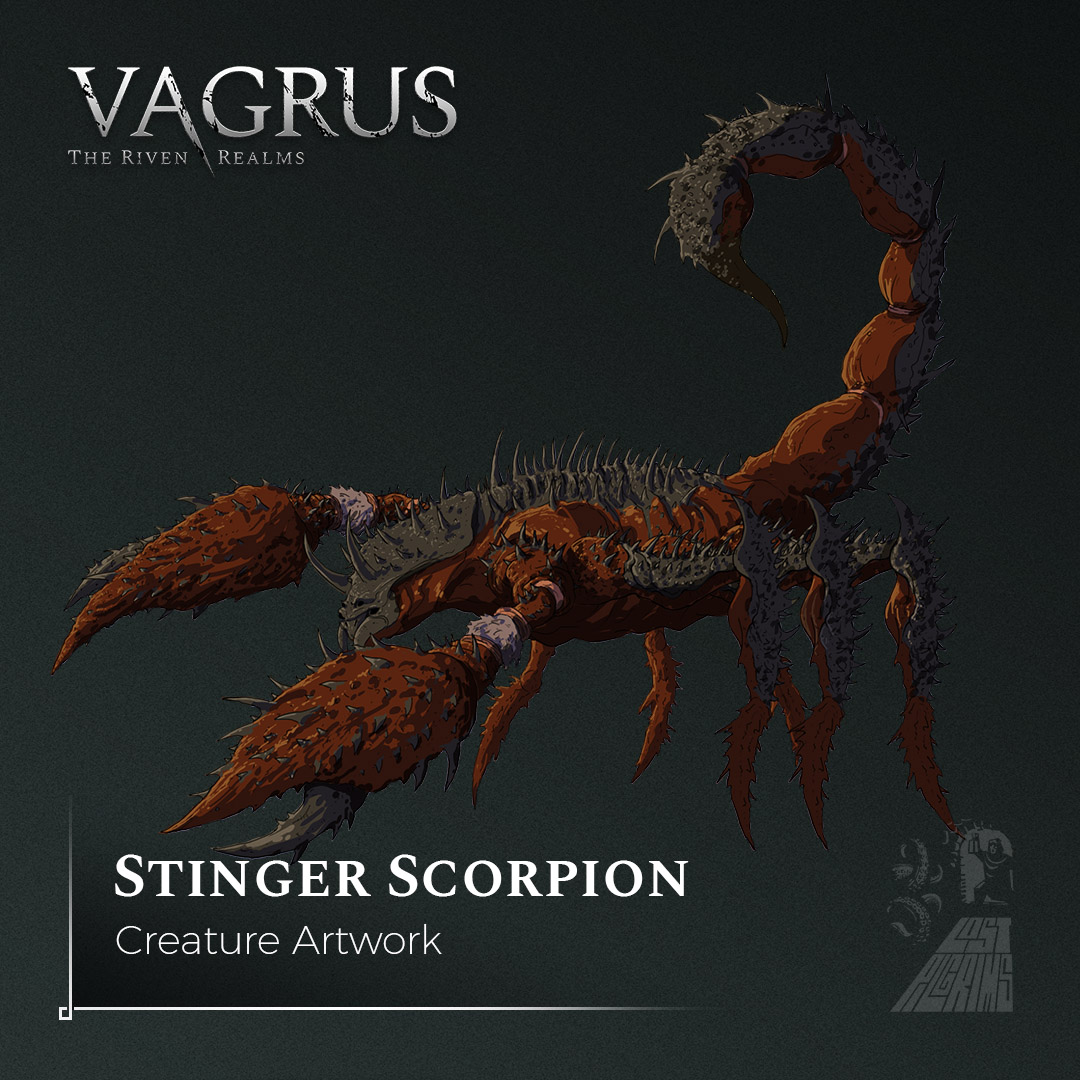
Scorpions of all sizes, colors, and features plague the arid wastelands of the central continent of Xeryn, and most travelers are quite used to their presence and to the threat they may present. However, nobody is used to the presence of a Stinger Scorpion, this hulking yet frighteningly fast monster that hunts beasts and men during the cool night hours. Unfortunate souls may learn that while these solitary scorpions are inert during the day when they are buried under the sands, they are far from being safe around, as they can awaken with a sudden and fatal rage. There is a cunning viciousness about them that makes them far more than simply a large animal.

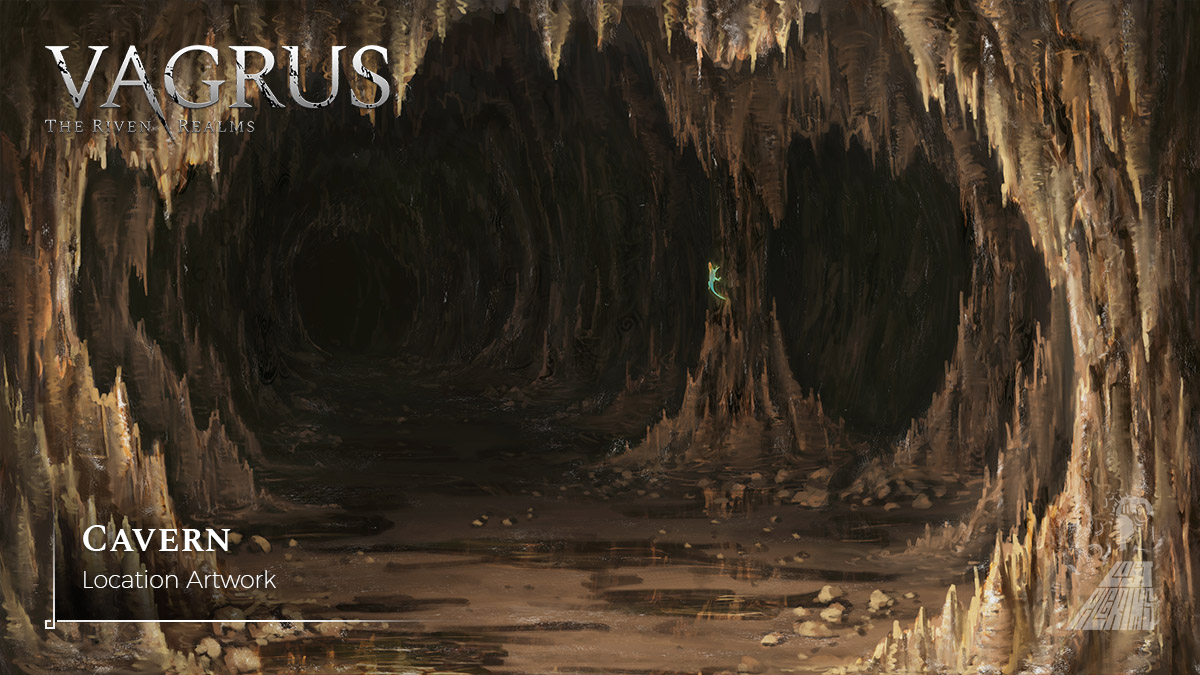
You will come across many caverns and subterranean tunnels in Vagrus, mostly under cities or sometimes out in the wilderness. Whether these are the lairs of terrifying monsters, the shadowy hideouts of bandits, gateways to ancient, buried ruins, or simply hollow ground is usually difficult to tell at first. There is no specific lore or design insight to be delved into here, so the only thing that remains is to admire this version of the cavern illustration by Attus, one of our artists.
